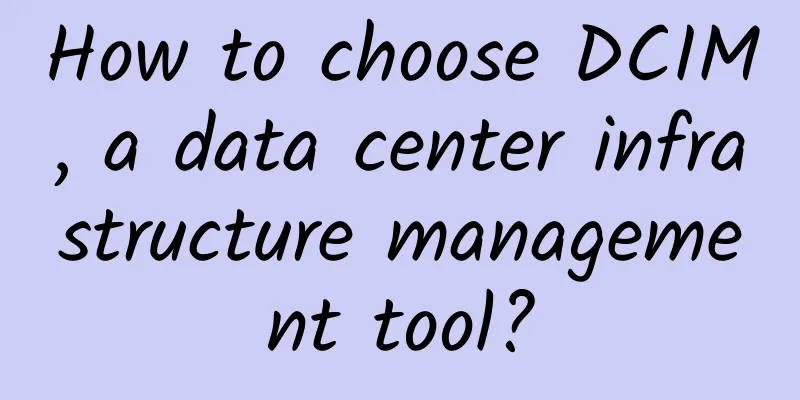How to deliver security as code: 11 tips to get started

|
Security as code and security by design are hot buzzwords at conferences these days. But what exactly do these phrases mean, and how can you start adopting them in your organization?
As Daniel Cuthbert, head of security research at Grupo Banco Santander, writes in “A Call to Arms for Developers: Revolutionizing Security as Code”: Now is the time to focus our efforts on defense — not offense — and make heroes of those who can make a difference: developers. Jim Bird, CTO of BIDS Trading Technologies and a software and project manager with more than 20 years of experience in financial services technology, wrote in the O’Reilly report: Security as code is about building security into DevOps tools and practices, making it an essential part of the toolchain and workflow. You do this by mapping how code and infrastructure are changed and finding where to add security checks and tests and gates without introducing unnecessary costs or delays. - Jim Bird So how does your team move beyond concept to action? Here are 11 tips to get you started. 1. Understand the meaning of 'Secure SDLC' Understanding the secure software development lifecycle (SDLC) will help you evaluate how to build security into your specific DevOps situation. A big mistake you can make is trying to perform security without understanding what it is. The authoritative source on this topic is the OWASP Secure SDLC Cheat Sheet; although it is still in draft mode, it provides a good overview. The following diagram shows the activities that occur at each step of the development cycle. The arrow showing "moving left" illustrates the concept of embedding security early by executing secure practices, further defined below. Image credit: OWASP. 2. Assess your situation using SAMM The Software Assurance Maturity Model (SAMM) is an open framework that helps organizations develop and implement a software security strategy tailored to the specific risks facing the organization. However, some people consider this framework to be complex to implement. Until your organization has a firm grasp on SAMM, these questions will help you quickly assess the security components of your DevOps processes:
If your answers are mostly no, then you are in the early stages of implementing security — in other words, your DevSecOps efforts are at a very low maturity level. Many organizations focus their security efforts at the very end of the cycle, deploying after pen testing. Unfortunately, this approach is costly if you discover major vulnerabilities. And a big risk is that pen testing may not uncover any major issues that do exist. In contrast, the “shift left” movement is increasingly focused on embedding security from the outset, which ultimately costs less and carries less risk. 3. Be aware of the security challenges inherent in DevOps DevOps is a challenging process to embed security. For example, consider security principles such as “least privilege” where developers can access the production environment and make any changes. This contradicts most best practice security concepts, but when security is in place as code, it is still desirable to embed security. Security cannot become a hindrance to business, but it is necessary to find a balance between secure development and agility without security. 4. Implement security as code as soon as possible Embedding security during an Agile sprint should be seamless and almost automatic. This is the ideal situation, but it is difficult to get right. Another approach is to automate as much as possible in the process, including the specific security DevOps pipeline that should be in place. Everyone on the team should be aligned and stick to these ideas. 5. Early Threat Modeling Plan a threat modeling session at least one day before the start of the sprint. All potential issues and risks should be part of the security story. 6. Define security requirements early
7. Use SAST/DAST tools
8. Perform code reviews whenever possible One task is to perform code review as part of the sprint. Any issues found here will become bugs at the end of the sprint. 9. Measure and prioritize risks The product owner - or someone who performs this designated role in decision making - should have the appropriate security background to understand the issues and be able to prioritize those that require high attention. 10. Prepare a security code backbone Any changes to the environment (QA/UAT/PROD) should be done manually using code. All changes to configuration should be done via code, using a source repository and tracking all changes. This can be achieved with any popular build, source code, and deployment tool. This is the backbone of the code safety concept. Throughout the process, the DevOps pipeline should focus on activities that embed automated continuous delivery processes. Here are the things to focus on:
11. Evaluate regularly, rinse and repeat Conduct a SAMM assessment meeting to check how completely you have implemented security, and create specific short-term tasks to achieve this goal. Taking it one step at a time is key. Shifting left can help you stay ahead Organizations that shift left are more effective at finding defects, and the loss and cost of fixing them is lower when developers deploy applications, or after an application is released. But the pressure to deliver quickly makes it harder to design for security. It is the responsibility of the DevOps team to validate security requirements in a short time. “Security as code” can play an important role in this regard as it helps automate the security deployment process, making the process easier and faster. |
<<: How do operators grasp the pulse of the cloud computing market in the 5G era?
>>: Is the network model seven layers, five layers, or four layers?
Recommend
LiteServer 15th Anniversary 15% off, 2GB RAM NVMe hard drive package starts from €5.1/month
LiteServer is carrying out a promotion for its 15...
Huawei aims to be a smart city incubator providing basic energy
During the just concluded National People's C...
5GRedCap: The role of RedCap in 5G evolution
3GPP Release (Rel) 17, due in mid-2022, introduce...
Some thoughts on the information construction of the financial industry
The rapid development of information technology h...
Connecting the World: 5G and Beyond Technology Trends in 2024
In the ever-evolving world of technology, 2024 pr...
How operators benefit from NaaS
Network as a Service (NaaS) is increasingly popul...
Can this be considered? TCP is awesome.
Hello everyone, I am Xiaolin. I saw an old man as...
"5G IoT, Smart Journey" - China Unicom IoT shines at 2020 Beijing Communications Exhibition
From October 14 to 16, the 2020 China Internation...
Comprehensive promotion of 5G construction requires full participation from all parties
Although the top leadership has once again clarif...
Expert Viewpoint: Is it time to go wireless?
Regardless of any technical requirements, the adv...
Kunpeng spreads its wings and walks with youth | Kunpeng University Tour Shanghai Jiao Tong University special session explores technology, practice and innovation
On the afternoon of December 4, the first stop of...
Maker Beijing 2020 Kunpeng Application Innovation Special Competition briefing session to answer questions and enhance contestants' awareness of the competition!
At 2:30 pm on July 28, 2020, the Maker Beijing 20...
How to improve WiFi signal without changing wireless router
I believe that a considerable number of netizens ...
HostSolutions: OpenVZ is about to end, free upgrade to KVM
I received an email from HostSolutions that they ...
Confirmed! Can you still access the 5G network without a 5G package? The deduction rules have been released
Expensive 5G plans After entering 2020, 5G has be...









